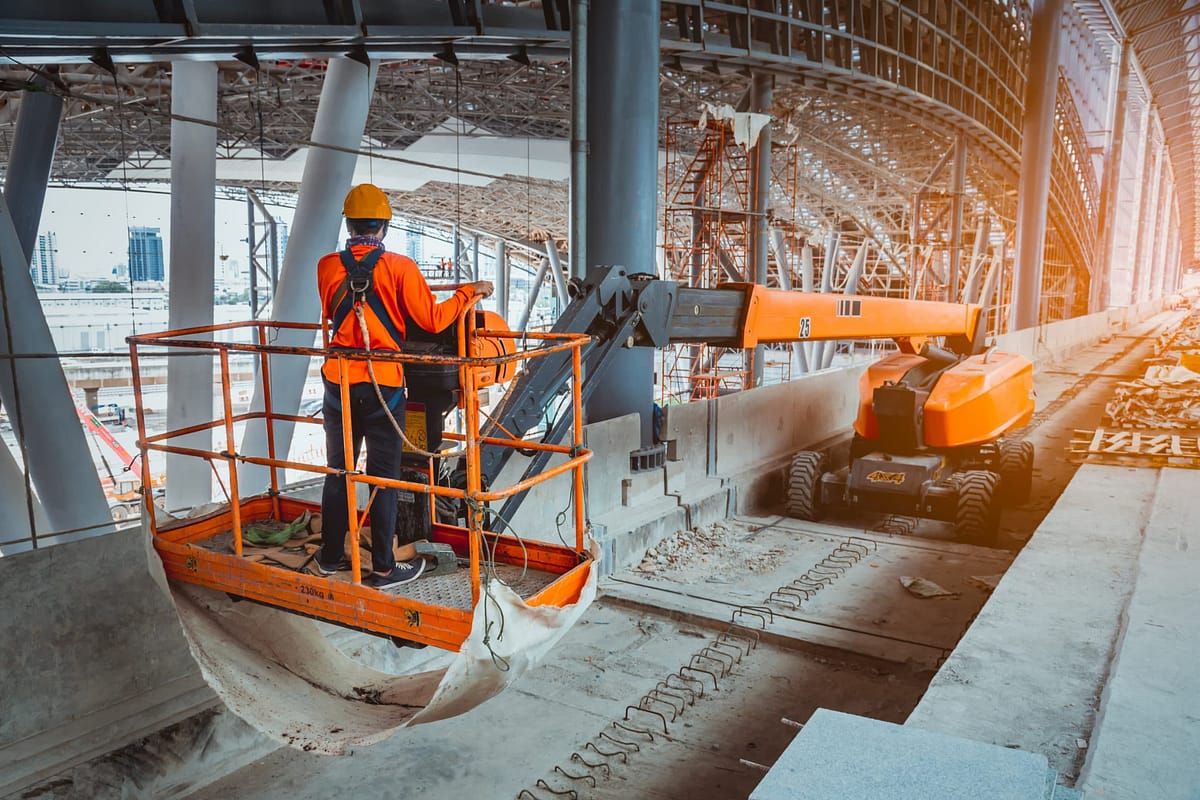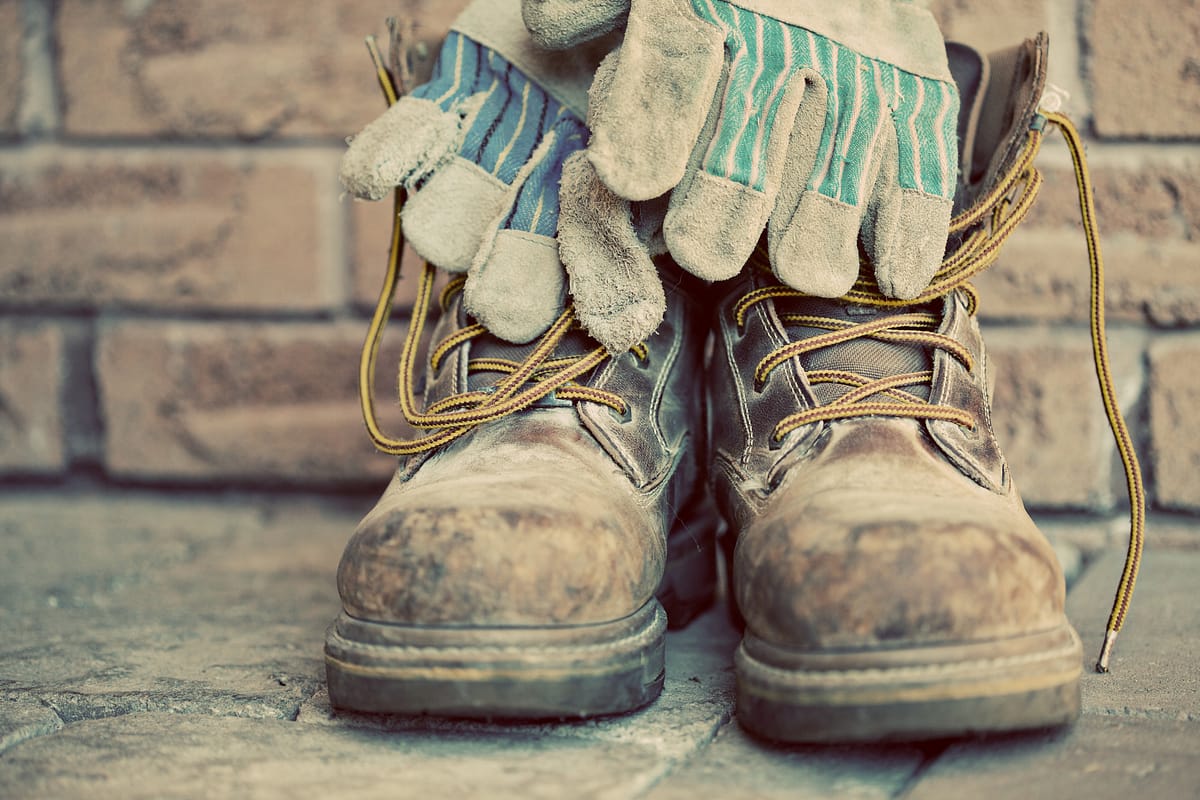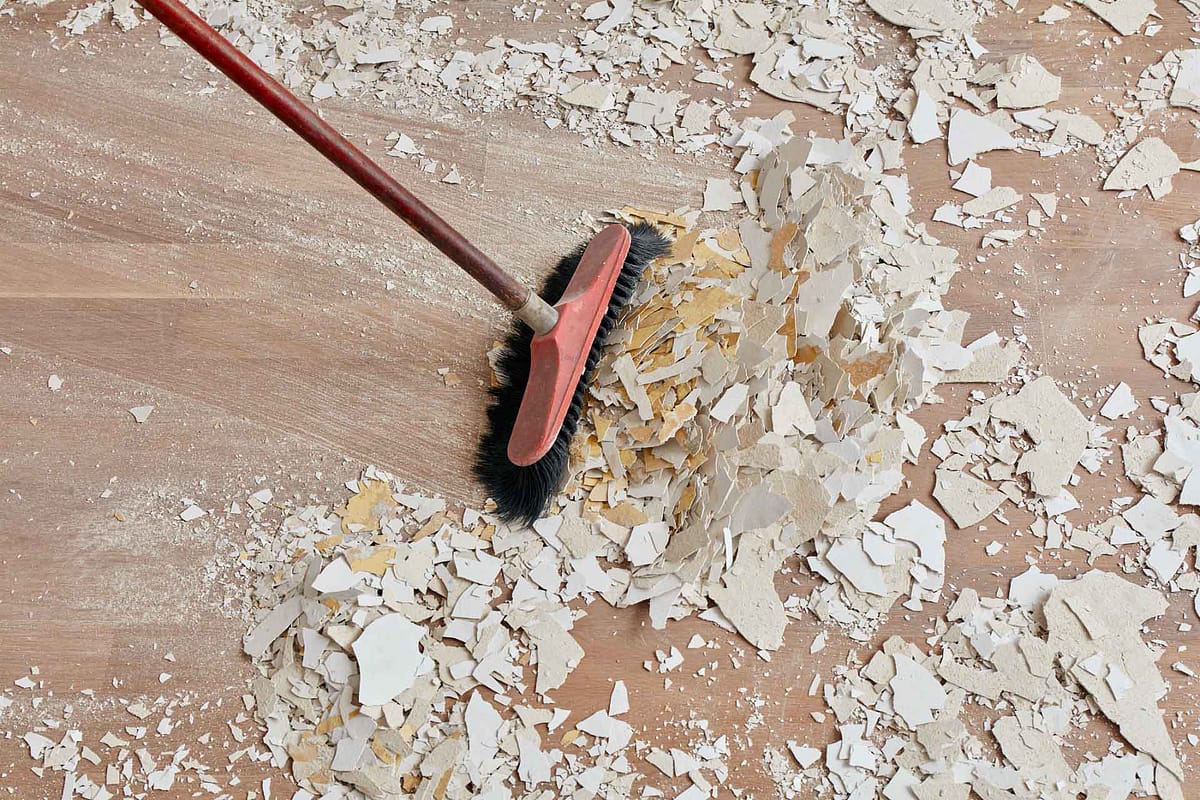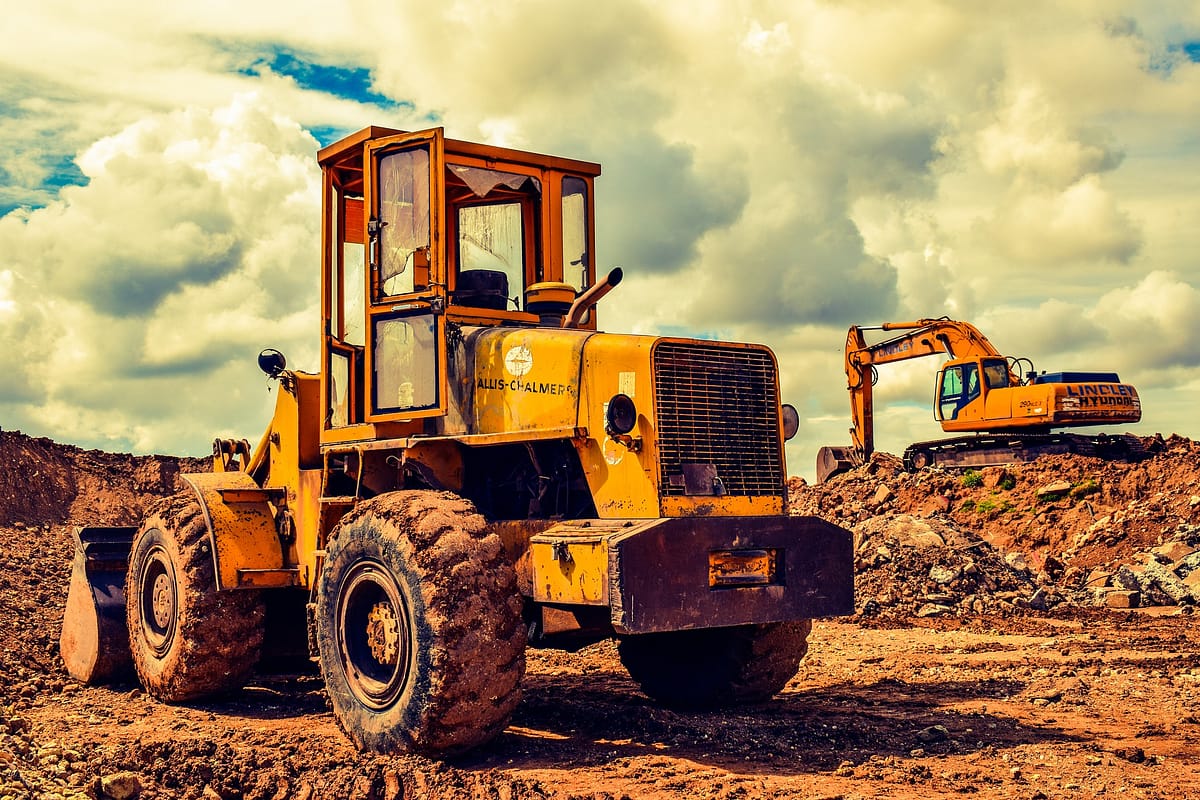Toolbox Talk: Close Calls - Take a Close Look at Close Calls
November 3, 2020
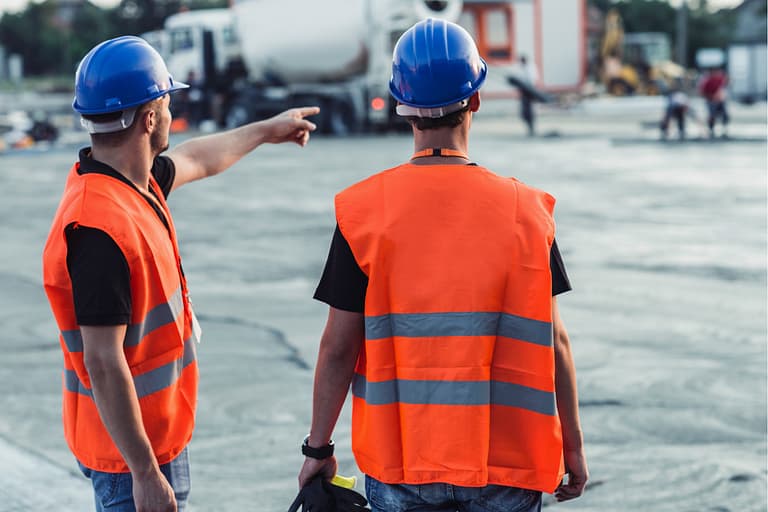
A “close call” or accident without injury is easy to shrug off and forget. But, there is a danger in brushing off accidents that don’t hurt, harm or damage. When a “close call” happens, it should immediately send up a red warning flag that something was wrong, unplanned, unexpected, and could happen again. The next time it happens, it could result in serious damage, injury or death.
For every accident there are usually several contributing factors, most of which can be controlled. The best way to prevent the reoccurrence of an accident is by looking at those “close calls.” By investigating the root causes of an accident, steps can be taken to eliminate the hazard and improve the work system.
Sometimes there are multiple causes for an accident involving: equipment (unguarded machinery), environment (poor lighting or noise level), people (procedures not understood or not followed) or management (allowed shortcuts). Don’t rush to judge. Examine the facts and find what’s missing. Look for immediate and underlying causes. An immediate cause may be an unsafe condition like a mechanical failure or it could be an unsafe action by an employee. The underlying cause could be poor machine maintenance, a missing guard, a crowded work area or a lack of training.
All incidents should be reported to the supervisor so that accident/injury report forms can be completed. Once an investigation is completed, solutions should be sought to prevent the accident from occurring again. Solutions may involve engineering controls, administrative controls, additional training, or increased communication between management and workers.
Workers should daily inspect the work area for unsafe conditions or unsafe actions and, if found, report them to the supervisor. Hazard awareness is key to preventing accidents before they happen. Take steps to eliminate hazards as soon as they are discovered. Learn the real lesson from close calls. They can happen again and again until they cause injury, so tell your supervisor about every accident, no matter how minor it may seem at the time. You never know when an incident may be repeated and result in an injury or even death.
Source: https://www.statefundca.com/Home/StaticIndex?id=https://content.statefundca.com//safety/safetymeeting/SafetyMeetingArticle.aspx?ArticleID=8
![BLM Stripes Brand [Recovered]](https://mlijpfrvxa9g.i.optimole.com/w:1920/h:241/q:mauto/ig:avif/f:best/https://blmconstruction.net/wp-content/uploads/2021/06/BLM-Stripes-Brand-Recovered.png)


